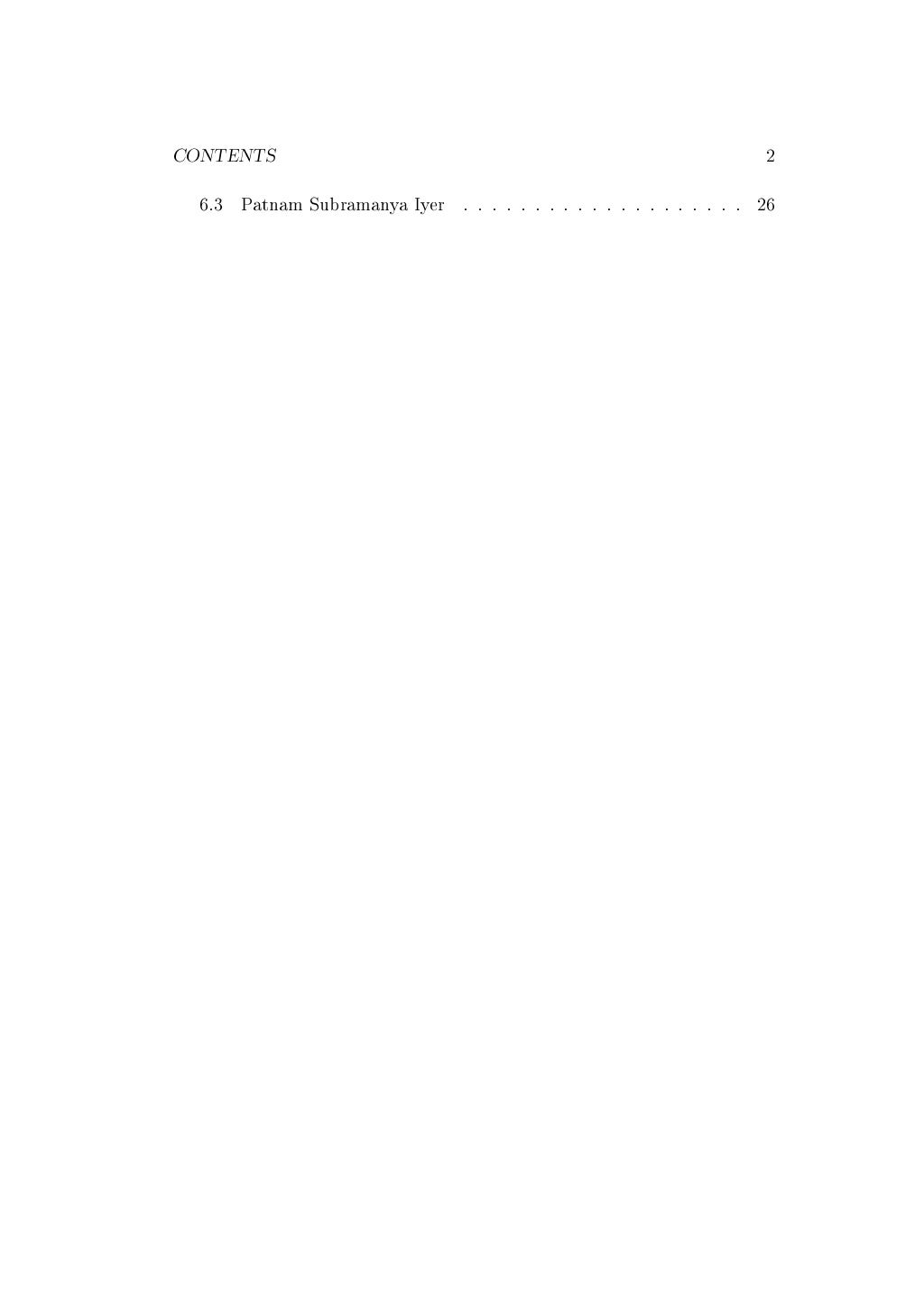
Govinda Dikshitar’ son Venkatamakhi is the first landmark classic that still has a bearing on contemporary Carnatic music. The major works in the rich musicological tradition are Matanga Muni’s Brihaddeesi (9th century) Saarnggadeva’s 13th century classic Sangitaratnaakaraa, Raamamaatyaa’s Svaramekalanidhi three centuries later and Goovinda Dikshitar’s Sangitasudha in the middle of the 16th century.Venugopal, in "I Want To Be In The Creative Field", 3E (1 November 2009) P.xxxii.invested Indian music, more particularly the Carnatic music of South India, with a tremendous range of nuances and aesthetic values retaining the basic religious and spiritual core.South Indian music belonged primarily to temples and gained its momentum from devotees of the Lord who often spurned royal patronage.

Rajagopalan, in "Another Garland (Biographical Dictionary of Carnatic Composers & Musicians) (Book II)", in Preface The Indian (later called the 'Carnatic' from the days of the work Manasollasa) and the Tamil Pann had coalesced invisibly during the middle ages and presently the South has the Carnatic music and the North has the Hindustani music - of course, both raga-based with common and distinct features. The Tamil areas in the South had from pre-historic times a well-developed, scientific, distinct style known as Pann. Classical Carnatic music is but the continuance of ancient Indian music as it was prior to the advent of Persian influence and the attendant evolution of the Hindustani style.Career Launcher, in I Want To Be In The Creative Field, 3E (1 November 2009), p.Carnatic music is considered as one of the oldest system of music in the world. Hindustani music is indeed unique, developed in the northern region, while Carnatic music is indigenous to the south. Indian classical music is of two kinds viz, Hindustani and Carnatic.

India has a classical music tradition that is around five thousand years old….

Seldom does one find a book with so much information in a concise and condensed manner.Goovinda Dikshitar’s Sangitasudha in the middle of the 16th century. It is marked by expressional simplicity and clarity.
#Carnatic music theory series
The Ganamrutha series books focus on the practical side of music with adequate notations which helps students who are learning Carnatic music on various instruments. The contents are in classical and correct sequence, in a comprehensive, yet simple manner. The books (number of titles across Tamil, English, Telugu, Kannada, Malayalam) – covers a wide spectrum, from the genesis of music to modern kutcheri practise. The focus was to bring a concise account of Sangeetha Sastra. With this vision in mind Ganamrutha Prachuram was established by Late Mr. Hence any tangible contribution on the theoretics of the Carnatic music is welcome

The paucity of contemporary Literature on Carnatic music is a lacuna, which has led to mistaken impressions that it is not system oriented. Periodic contributions by musicologists and scholars of aesthetics continued till Govindacharya’s time, the 18th Century A.D., when this tradition ebbed. Textual tradition in Indian musical aesthetics dates to the era of Bharata’s Natya Shastra approximately the 5th century B.C.


 0 kommentar(er)
0 kommentar(er)
